Faishana Handwoven Lavender Katan Tissue Saree with Minakari Booti and Paithani Kadhwa Meenakari Anchal - Twisted & Tested Zari Border Saree
Faishana Handwoven Lavender Katan Tissue Saree with Minakari Booti and Paithani Kadhwa Meenakari Anchal - Twisted & Tested Zari Border Saree
SKU:PURE HND AHM_8
Couldn't load pickup availability
Low stock: 2 left
This lovely Faishana Pure Silk handmade lavender saree is a true masterpiece. Made from katan tissue fabric, this saree has striking minakari booti all over the body. The Kadhwa style of this saree meant that each zari work was uniquely handcrafted, adding to its uniqueness and elegance. The Paithani Kadhwa Meenakari Anchal adds some elegance and sophistication to the saree.
The term "Pure Katan Tissue Minakari Zari Booti and Paithani Kadhwa Meenakari Anchal Banarsi saree" describes a saree that combines several distinct elements of traditional Indian weaving and embellishment techniques:
1. Pure Katan: Katan silk is a type of silk that is known for its plain weave and pure silk threads. It is valued for its smooth texture and durability, making it ideal for intricate weaving techniques and detailed designs.
2. Tissue: Tissue in textiles refers to a fabric with a crisp, lightweight quality that often has a subtle sheen. Tissue fabrics are typically used to enhance the drape and elegance of the saree.
3. Minakari Zari Booti: Minakari (or Meenakari) refers to the art of applying enamel-like colored substances and designs onto metal surfaces. In the context of sarees, Minakari Zari Booti indicates the use of metallic threads (Zari) intricately woven into the fabric to create small decorative motifs or bootis. These motifs often add a touch of shimmer and richness to the saree.
4. Paithani Kadhwa Meenakari Anchal: Paithani sarees are traditionally woven in Maharashtra, known for their rich silk fabric and ornate borders (anchal). Kadhwa refers to a weaving technique where patterns or motifs are handwoven into the fabric using extra weft threads, resulting in intricate designs. Meenakari Anchal indicates that the borders or pallu (anchal) of the saree are embellished using Meenakari techniques, which involve colorful enamel work or metallic thread work.
5. Banarasi Saree: Banarasi sarees are renowned for their opulent silk fabric, intricate weaving patterns (often using Zari threads), and rich cultural heritage. They are typically made in Varanasi (Banaras), Uttar Pradesh, India, and are known for their luxurious look and feel.
Therefore, a saree described as "Pure Katan Tissue Minakari Zari Booti and Paithani Kadhwa Meenakari Anchal Banarsi saree" combines the smoothness and durability of Katan silk with the lightweight elegance of tissue fabric. It features intricate Minakari Zari Booti motifs woven into the body of the saree and possibly adorned with elaborate Paithani Kadhwa Meenakari Anchal designs on the borders or pallu. This combination results in a saree that is not only luxurious but also reflects the skilled craftsmanship and cultural richness of Indian textile traditions.
A Pure Paithani Saree is a traditional silk saree originating from Maharashtra, India, specifically from the town of Paithan. It is renowned for its exquisite craftsmanship, rich silk fabric, and intricate handwoven designs. Here are the key characteristics that define a Pure Paithani Saree:
1. Silk Fabric: Paithani sarees are typically woven using pure silk threads, which contribute to their luxurious texture, smoothness, and lustrous sheen. The quality of silk used in Paithani sarees is crucial as it enhances the overall look and feel of the garment.
2. Weaving Technique: Paithani sarees are woven using a special weaving technique called "tapestry technique" or "tapestry weaving." This technique involves interlocking different colored silk threads to create intricate patterns and motifs on the saree's fabric. The weaving process is highly intricate and time-consuming, often requiring skilled craftsmanship.
3. Motifs and Designs: One of the distinguishing features of a Pure Paithani Saree is its elaborate motifs and designs. These sarees typically feature traditional motifs such as peacocks, lotus flowers, parrots, paisleys, and geometric patterns. These motifs are intricately woven into the fabric using contrasting colored threads, creating a rich tapestry-like effect.
4. Pallu (End Piece): The pallu (the decorative end piece of the saree draped over the shoulder) of a Paithani saree is particularly elaborate and ornate. It often features a grand design that stands out from the rest of the saree, showcasing intricate detailing and often adorned with Zari (metallic thread) work.
5. Border: The border of a Paithani saree is another distinctive feature. It is typically wide and intricately woven, often with contrasting colors and intricate patterns. The borders of Paithani sarees can be embellished with Zari work, adding to the saree's opulence.
6. Color Palette: Paithani sarees traditionally come in vibrant colors such as red, green, blue, purple, and gold. These colors are achieved through natural dyes or carefully selected synthetic dyes that complement the richness of the silk fabric.
7. Cultural Significance: Paithani sarees hold cultural significance in Maharashtra and are often worn during weddings, festivals, and other auspicious occasions. They are considered heirloom pieces passed down through generations and are valued for their craftsmanship and symbolic importance.
In conclusion, a Pure Paithani Saree represents the epitome of traditional Indian textile artistry, characterized by its pure silk fabric, intricate weaving techniques, elaborate motifs, and vibrant colors. It is not just a garment but a cultural treasure that reflects the heritage and craftsmanship of Maharashtra's weaving traditions.
Crafting a Pure Katan Tissue Paithani Saree involves a meticulous process that combines the traditional weaving techniques of Paithani sarees with the delicate qualities of tissue silk. Here’s a detailed overview of how such a saree is crafted:
1. Selection of Silk: The process begins with selecting high-quality Katan silk yarns. Katan silk is chosen for its smooth texture, durability, and ability to hold intricate designs.
2. Preparation of Silk Yarn: The selected silk yarns undergo rigorous preparation, including cleaning, degumming (removing sericin), and dyeing. Natural or synthetic dyes are used to achieve vibrant colors that are characteristic of Paithani sarees.
3. Weaving Process:
- Warp and Weft Preparation: The warp (lengthwise threads) and weft (crosswise threads) are prepared meticulously. In the case of a Tissue Paithani, the warp threads are of Katan silk, while the weft threads may include tissue silk for its lightweight and shimmering qualities.
- Tapestry Weaving Technique: Paithani sarees are woven using a special technique known as "tapestry weaving." This technique involves interlocking the warp and weft threads to create intricate patterns and motifs. Skilled artisans use handlooms to weave these designs, ensuring precision and attention to detail.
4. Incorporation of Tissue Silk: In a Pure Katan Tissue Paithani Saree, tissue silk is often used selectively. It may be incorporated into the body of the saree to add a subtle sheen and lightness, enhancing the drape and elegance of the garment. Sometimes, tissue silk is also used in the borders or pallu (end piece) to create a contrast with the traditional Katan silk weave.
5. Design and Motifs: The saree features traditional Paithani motifs such as peacocks, lotus flowers, paisleys, and geometric patterns. These motifs are intricately woven into the fabric using contrasting colored threads, typically with Zari (metallic thread) accents to enhance the richness of the design.
6. Border and Pallu: The border of a Paithani saree is wide and intricately woven, often with supplementary weft patterns. The pallu is the most elaborate part of the saree, showcasing a grand design that is a hallmark of Paithani craftsmanship. It may include intricate motifs and Zari work, creating a striking visual impact.
7. Finishing Touches: After weaving, the saree undergoes finishing processes such as washing, starching (to enhance stiffness and texture), and ironing. These processes ensure that the saree is ready for sale and maintains its shape and beauty.
Crafting a Pure Katan Tissue Paithani Saree requires not only technical skill but also an understanding of traditional motifs and design aesthetics. Each saree is a testament to the craftsmanship and artistry of Indian weavers, reflecting centuries-old textile traditions and cultural heritage.
A Pure Katan Tissue Silk Banarasi handloom saree available at Faishana in Varanasi or on their website www.faishana.in would likely exemplify the following characteristics:
1. Katan Silk: Katan silk is a type of pure silk known for its smooth texture and durability. It is traditionally used in Banarasi sarees and is valued for its ability to hold intricate weaving patterns and designs.
2. Tissue Silk: Tissue silk refers to a lightweight silk fabric that has a crisp texture and a subtle sheen. It is often used alongside Katan silk to enhance the drape and elegance of the saree.
3. Handloom Weaving: Banarasi sarees are renowned for their handloom weaving techniques, which involve skilled artisans weaving the saree on traditional handlooms. This craftsmanship ensures each saree is unique and meticulously crafted.
4. Traditional Banarasi Designs: The saree would likely feature traditional Banarasi designs such as intricate floral motifs, paisleys, brocades, and geometric patterns. These designs are woven into the saree using Zari (metallic thread) and sometimes supplemented with Meenakari (enamel work).
5. Rich Color Palette: Banarasi sarees are known for their vibrant and rich color combinations. They often feature contrasting colors in the body, borders, and pallu (end piece), creating a striking visual appeal.
6. Quality and Authenticity: Faishana is reputed for offering authentic handloom Banarasi sarees, ensuring the sarees are crafted with high-quality materials and traditional techniques. This commitment to quality and authenticity enhances the value and appeal of the sarees.
7. Versatility: A Pure Katan Tissue Silk Banarasi saree from Faishana would be versatile, suitable for various occasions ranging from weddings and formal events to festive celebrations. It can be styled in different ways to suit individual preferences and cultural contexts.
Overall, a saree from Faishana's collection would embody the rich heritage of Banarasi handloom weaving, combining luxurious Katan silk with the delicate elegance of tissue silk to create a timeless piece of artistry and craftsmanship.
Note:- For customer convenience and satisfaction, Faishana offers video call facilities to showcase their sarees directly to customers. They can be contacted via WhatsApp at +91-8808321678 and +91-7654321678 for sharing videos, images, and further inquiries. This Product is Handwoven, there may be some minor irregularities that are a characteristic feature of genuine Handmade Products but that makes a woven saree unique. We pledge to cease child labor. This product ships worldwide.
Brand Name:- Faishana Belong To Banaras By Powertech Infraenergy Pvt Ltd
Product Dimension:- Saree Length:- 5.5 Mtrs, Unstitched Blouse Length:- 0.80 Mtrs (attached)
Fall & Pico:- Extra Rs. 350/-
Tassels:- We take no charges for adding tassels to the sarees but it takes 2 to 4 days to make your product ready with tassels
Manufactured & Marketed By:- M/s Powertech Infraenergy Private Limited
Country of Origin:- India
Mint House Store:- M/S Powertech Infraenergy Pvt Ltd, S 19/7-X-3, Varuna Bridge, Mint House, Nadesar, Varanasi, Uttar Pradesh-221002, India Contact No:- +91-7654321678, +91-8808321678
Andhrapul Store:- M/S Powertech Infraenergy Pvt Ltd, S 14/ 18-1 KH-1K, 1st Floor, Raniya Mahal, Andhrapul, Teliyabagh, Varanasi, Uttar Pradesh-221002, India Contact No:- +91-7654321678, +91-8808321678
Disclaimer:- Benares, now known as Varanasi, is the oldest continuously inhabited city globally, located in India. Its original name, Kashi, is derived from the Sanskrit words meaning "Light" or "Enlightenment." Varanasi is renowned for its skilled handloom weavers who create intricate designs on fabrics. These designs are unique to their tradition and incorporate intricate floral and foliate motifs.
Assured Quality
Assured Quality
Our products consist of good quality raw materials used, which assures you of the desired quality product.
Ready to Ship
Ready to Ship
Expertly Cross-Checked Products Ready to Ship from Our Warehouse.
Exchange & Returns
Exchange & Returns
Shop with confidence! We take customer satisfaction seriously. That's why we offer a 3-day, hassle-free return policy. No worries if something isn't quite right. Simply bring it back in its original packaging within 5 days, and we'll happily exchange it for something you love or give you store credit for a future purchase. The choice is yours! For complete details, check out our return policy. But for now, happy shopping!
Share
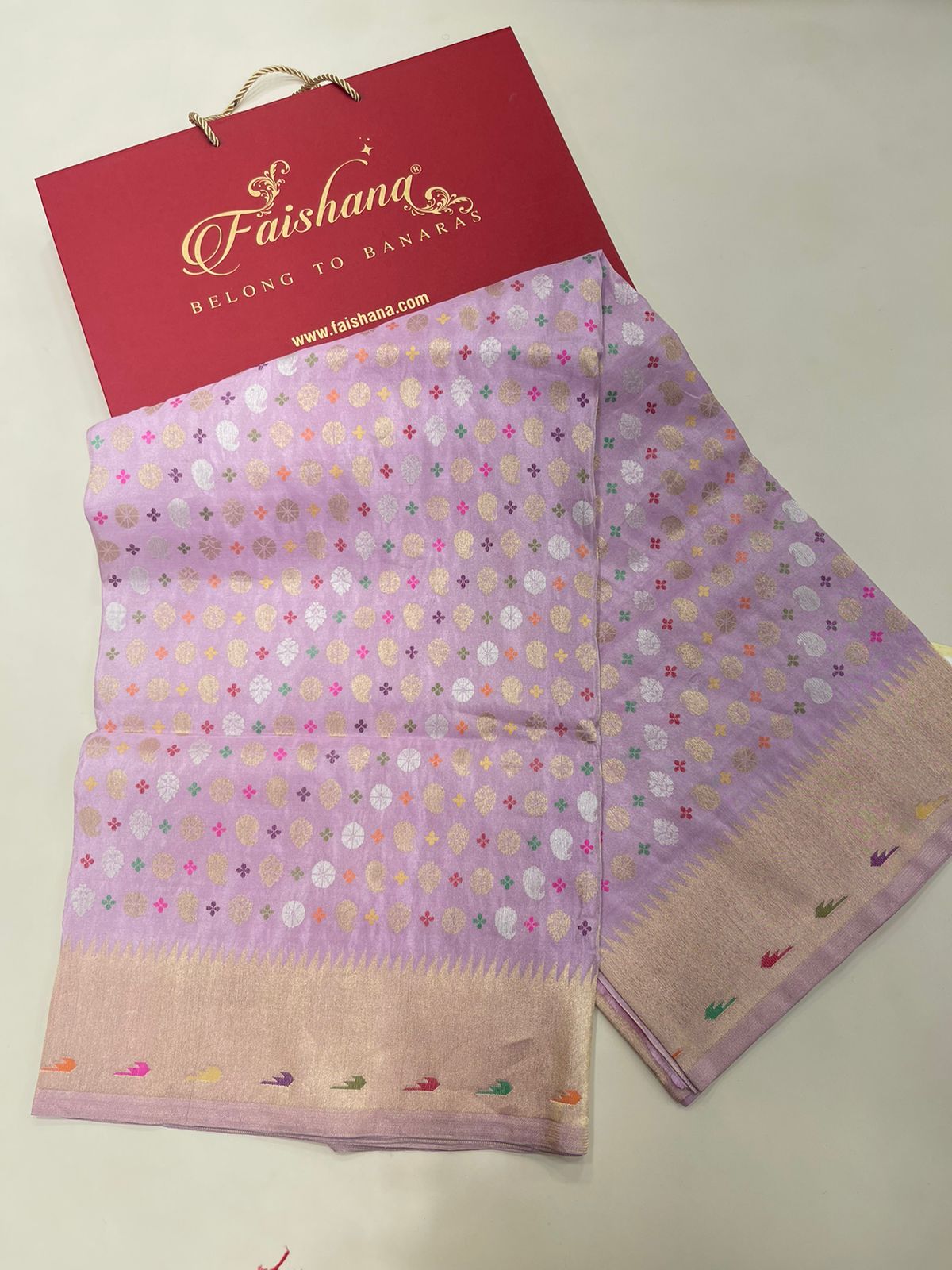
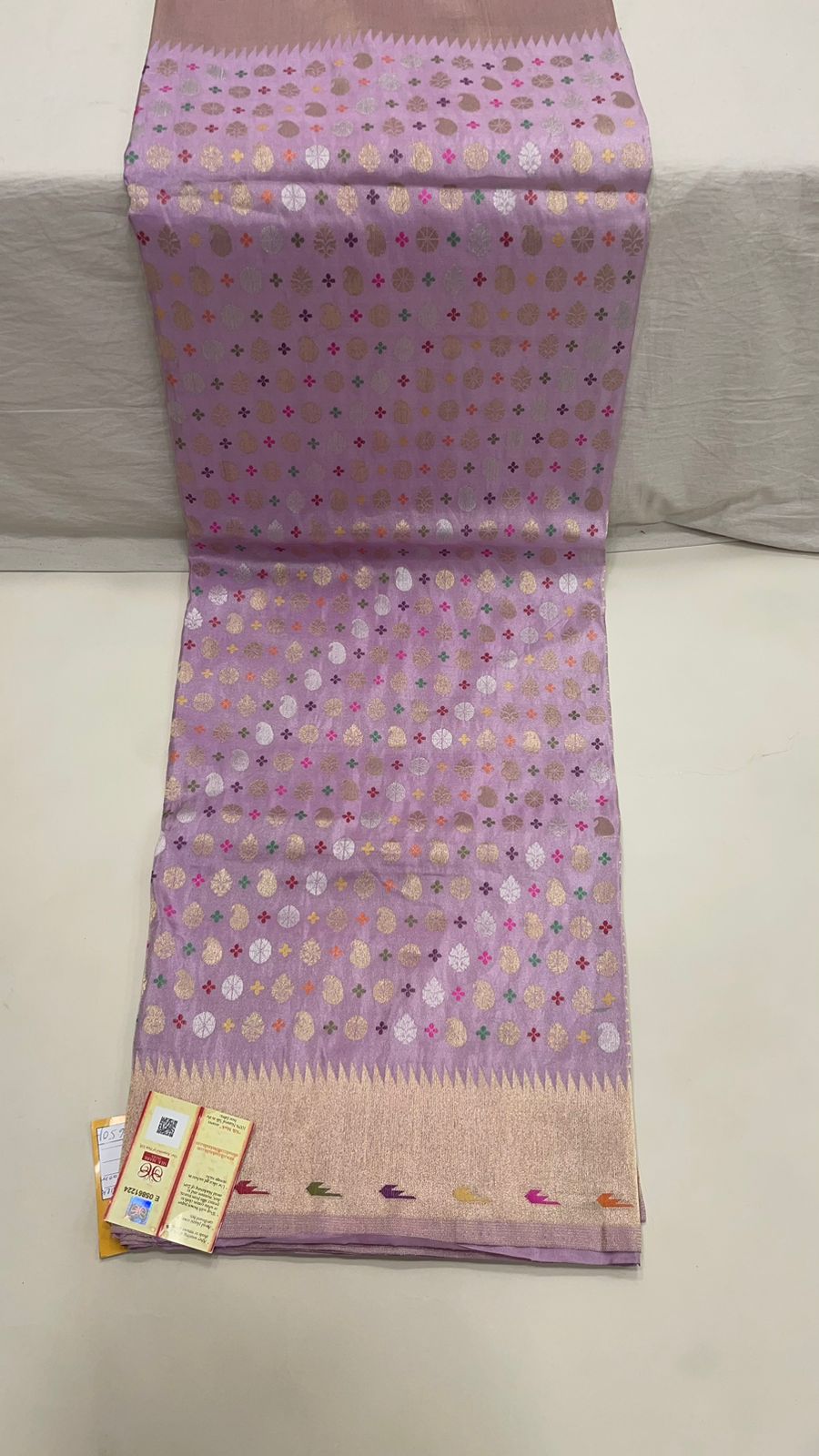
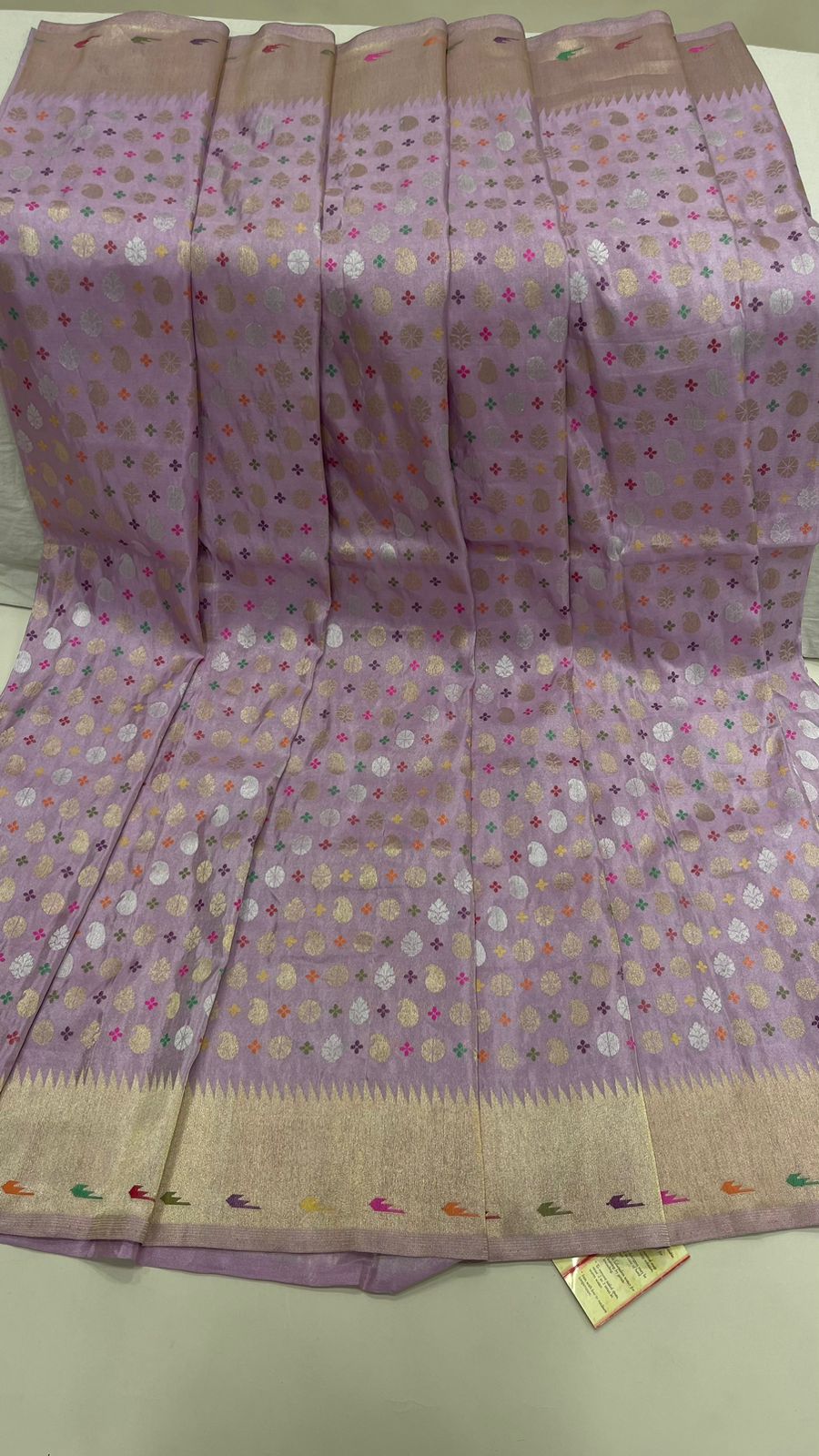
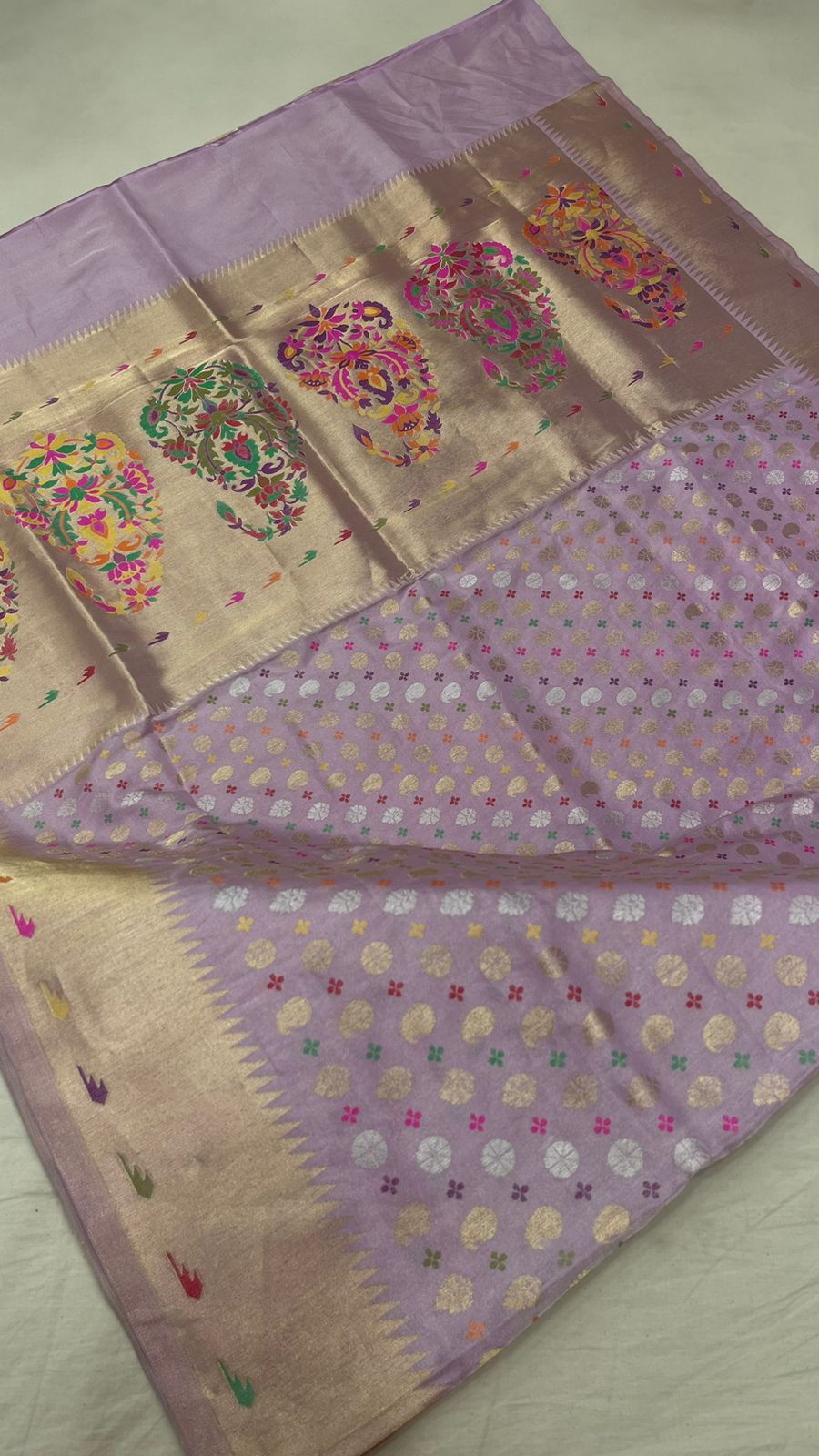

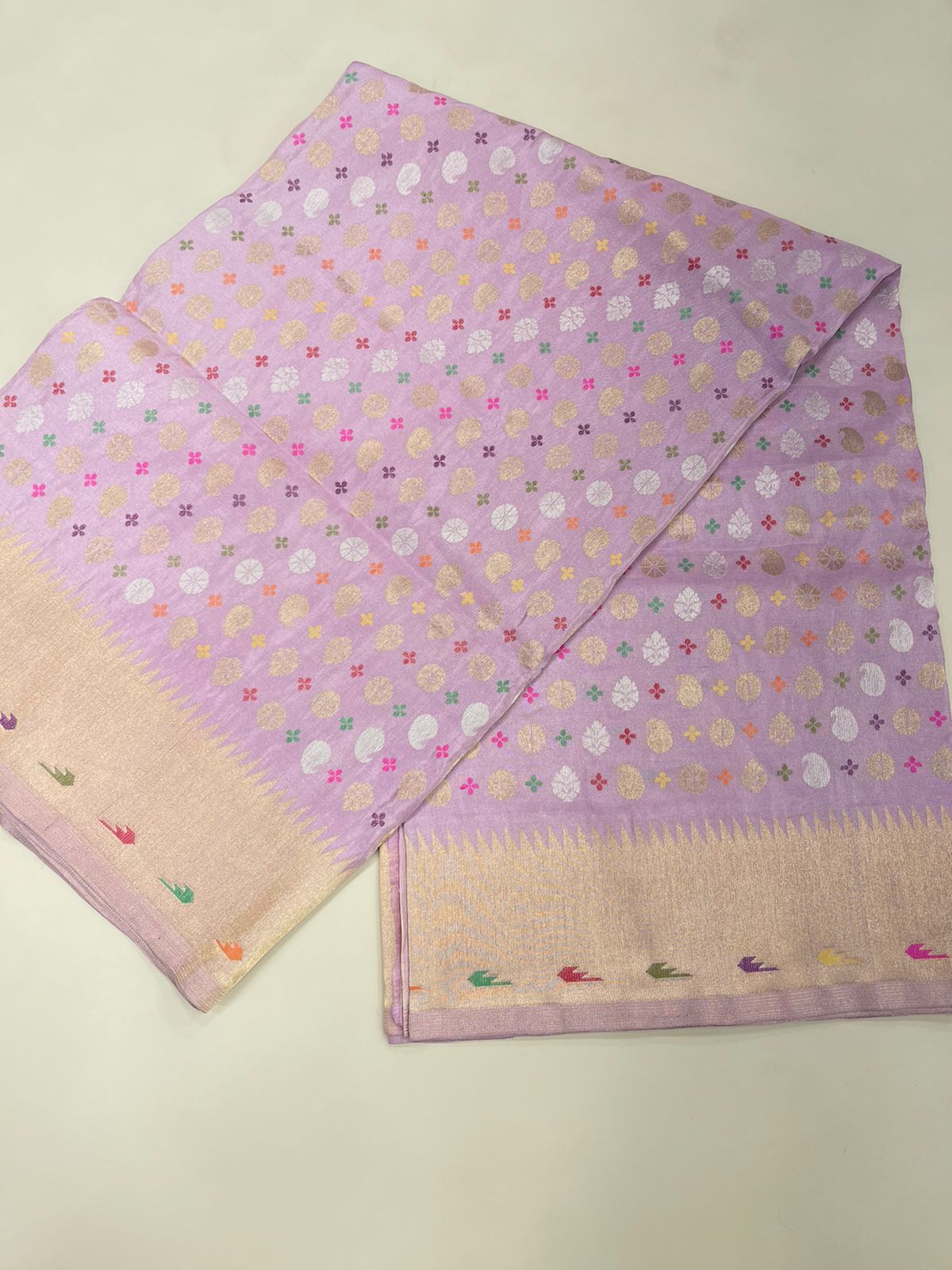
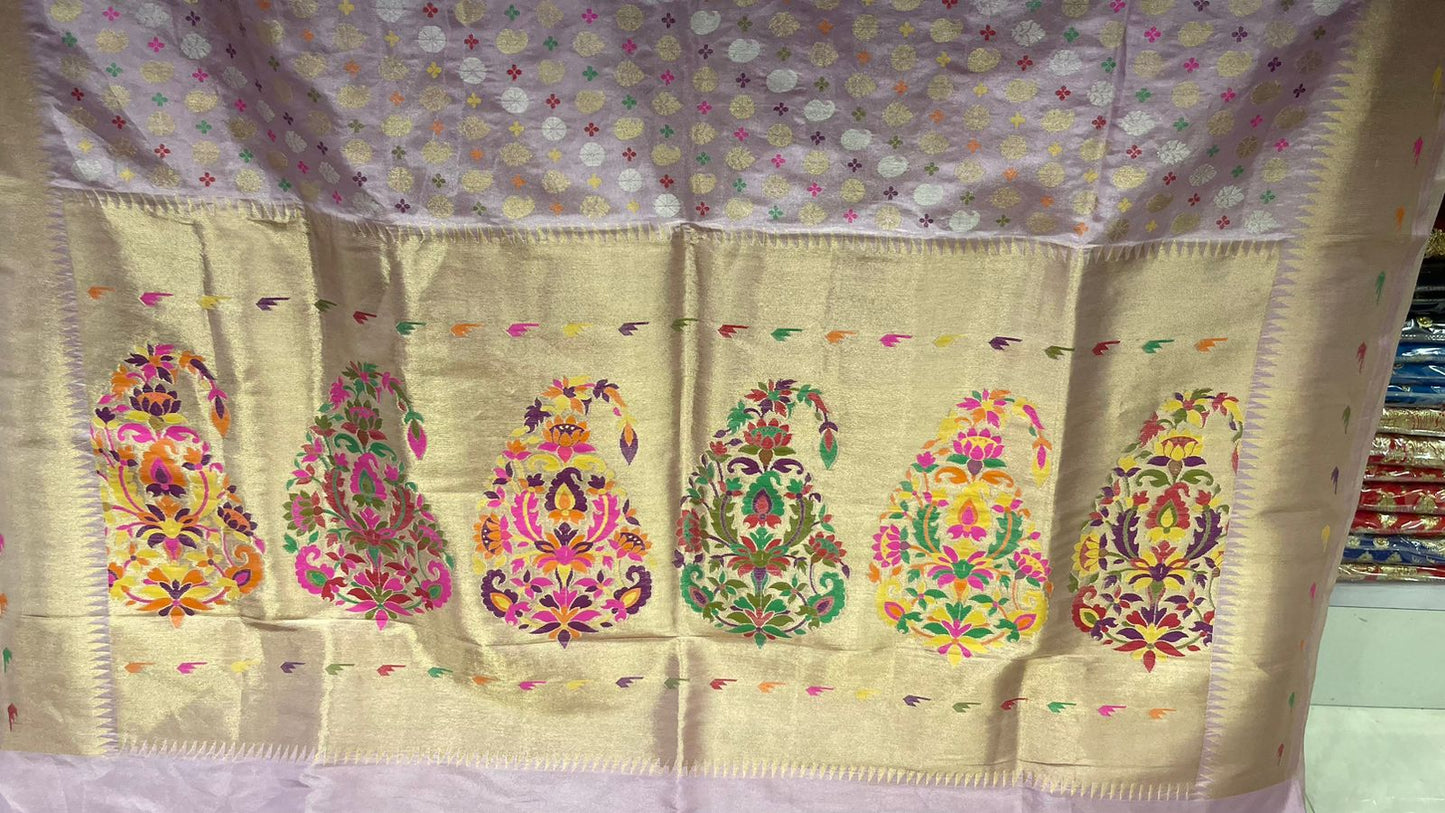
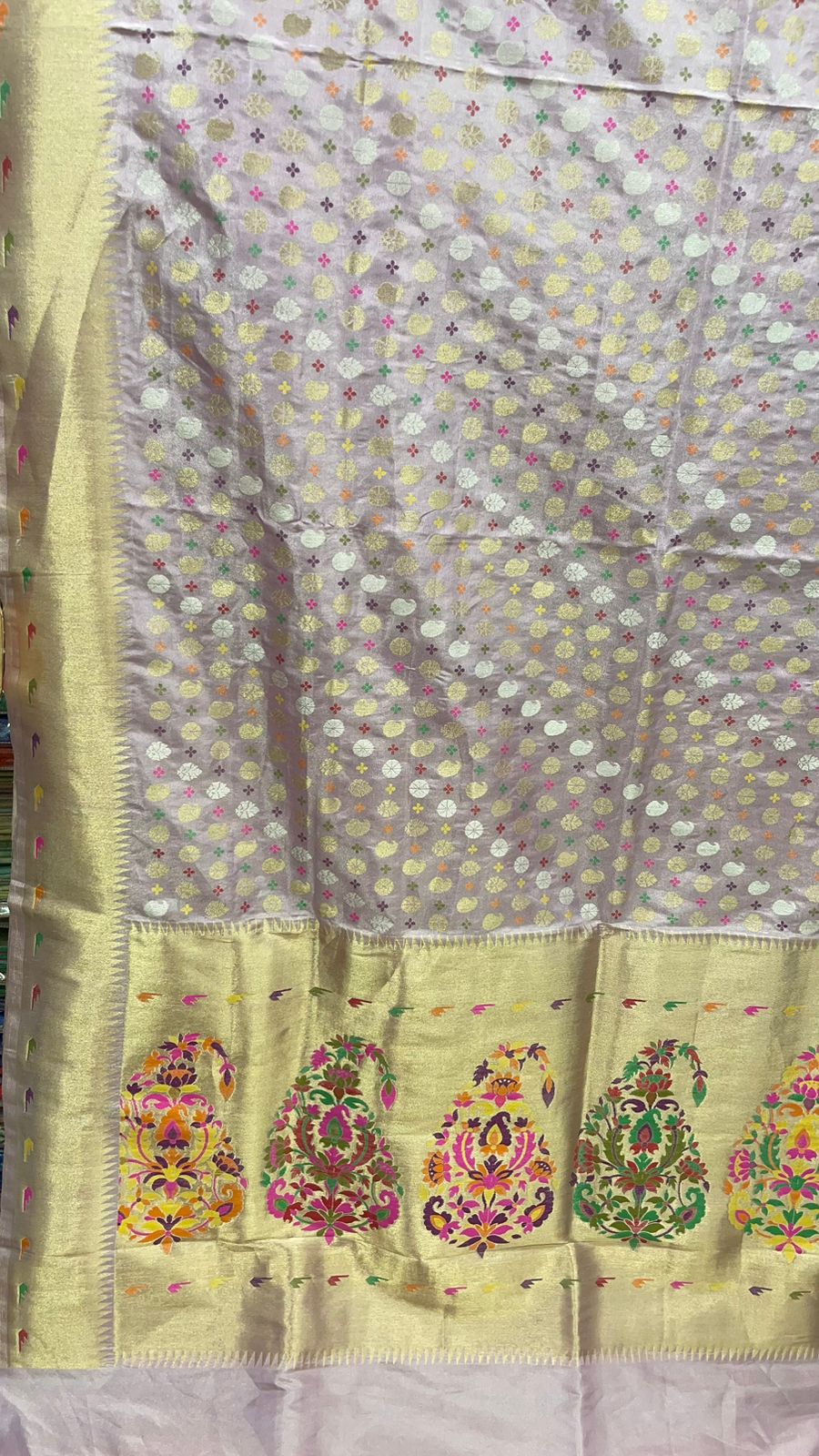

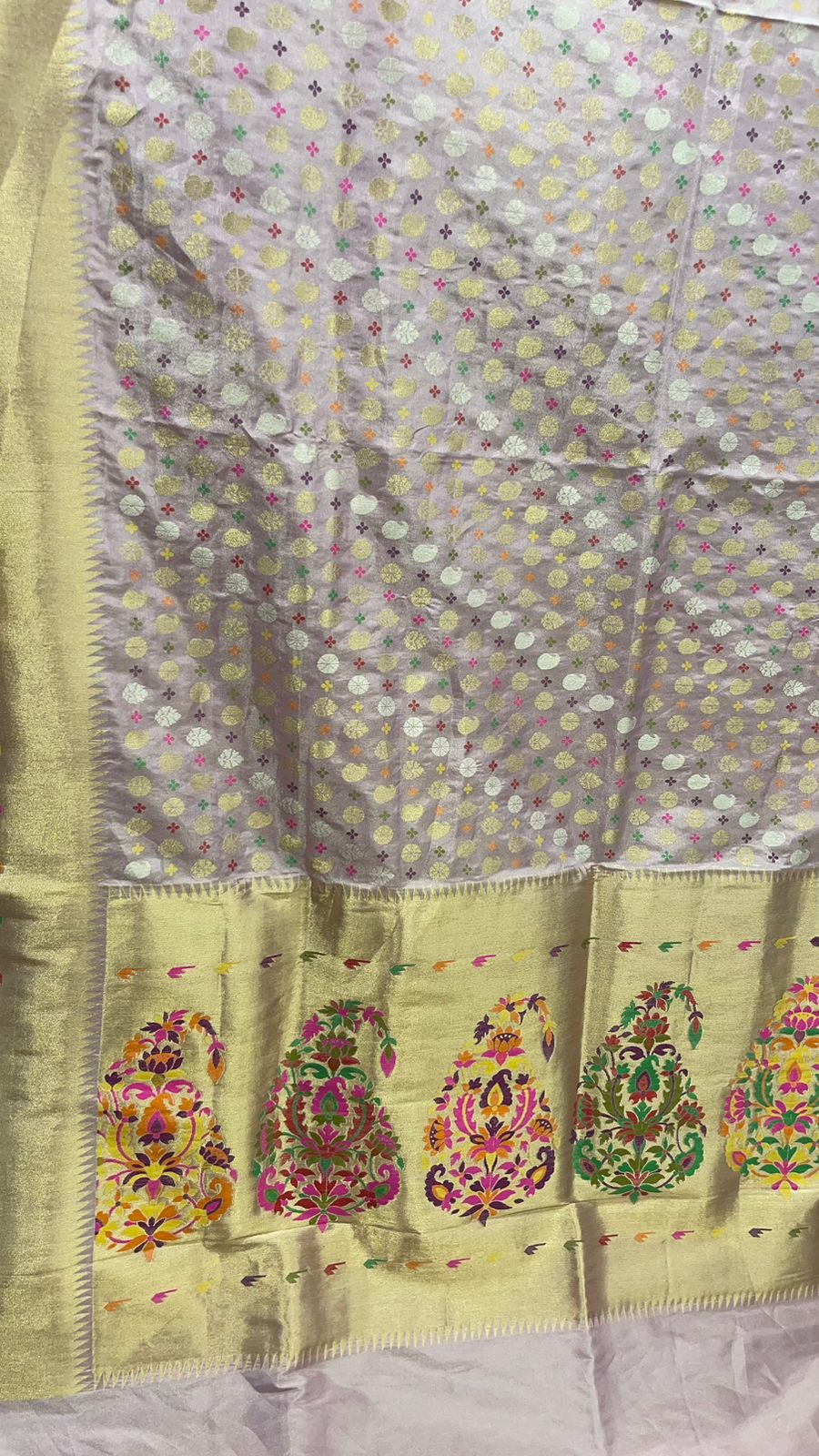
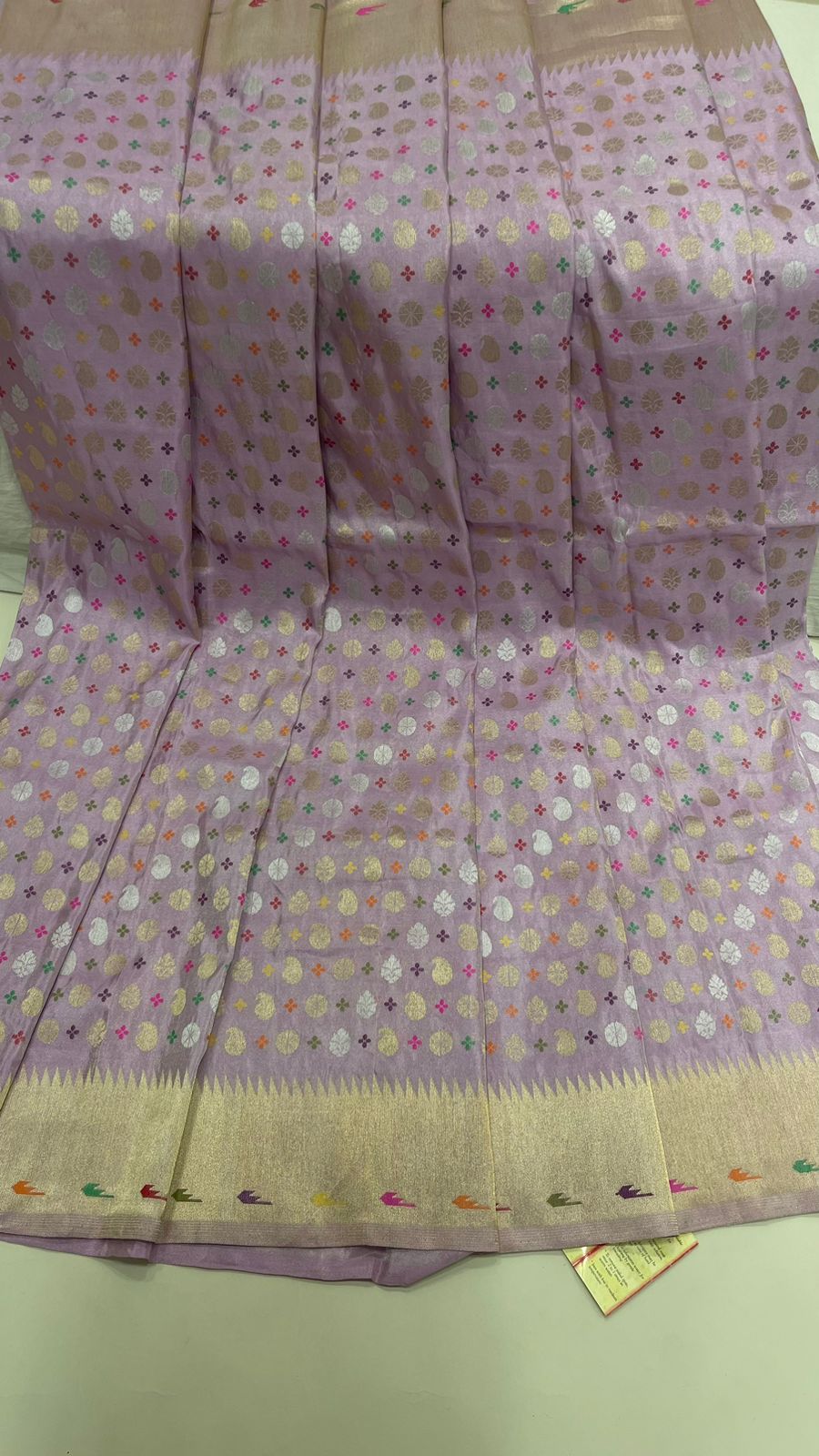
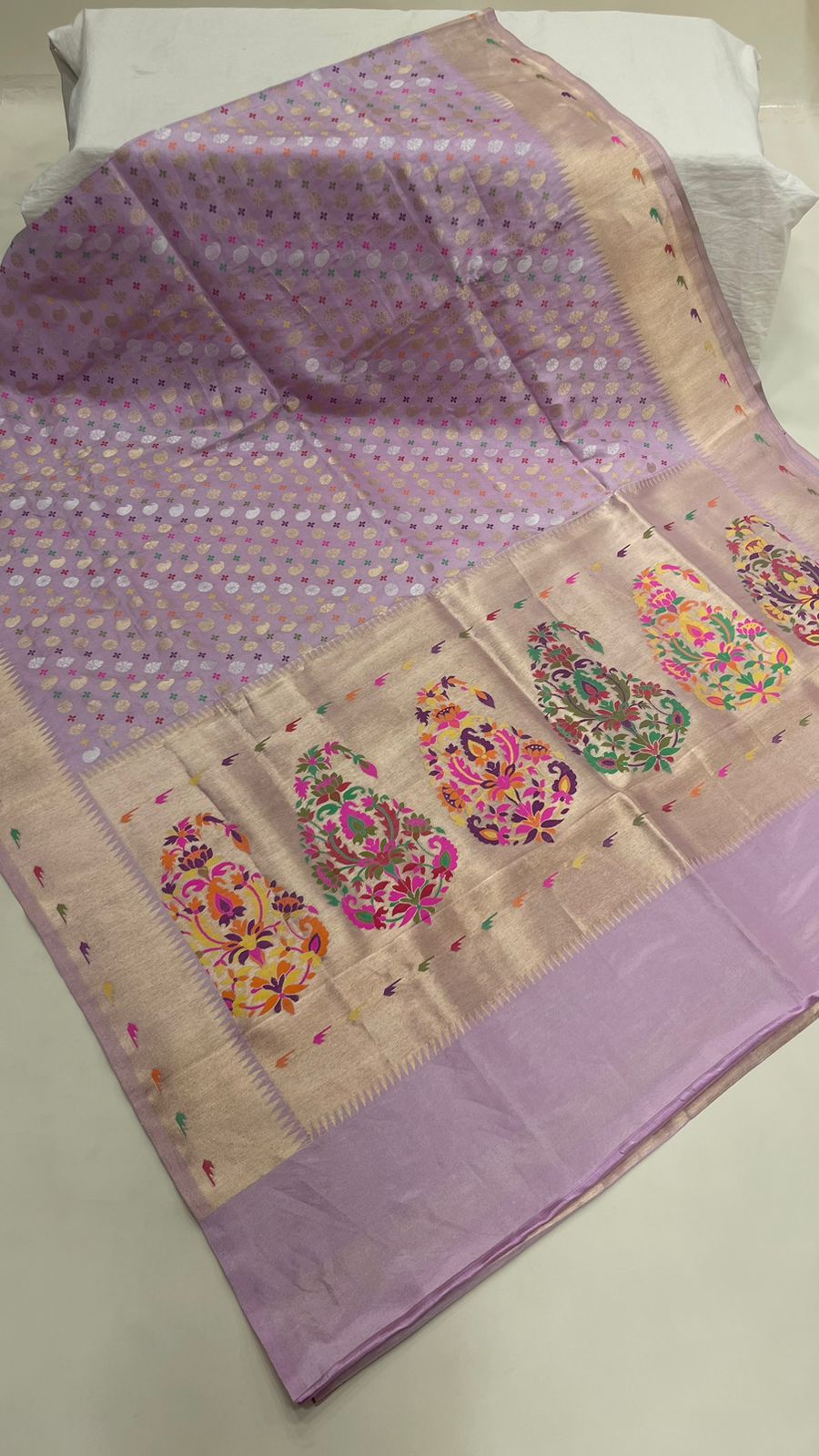
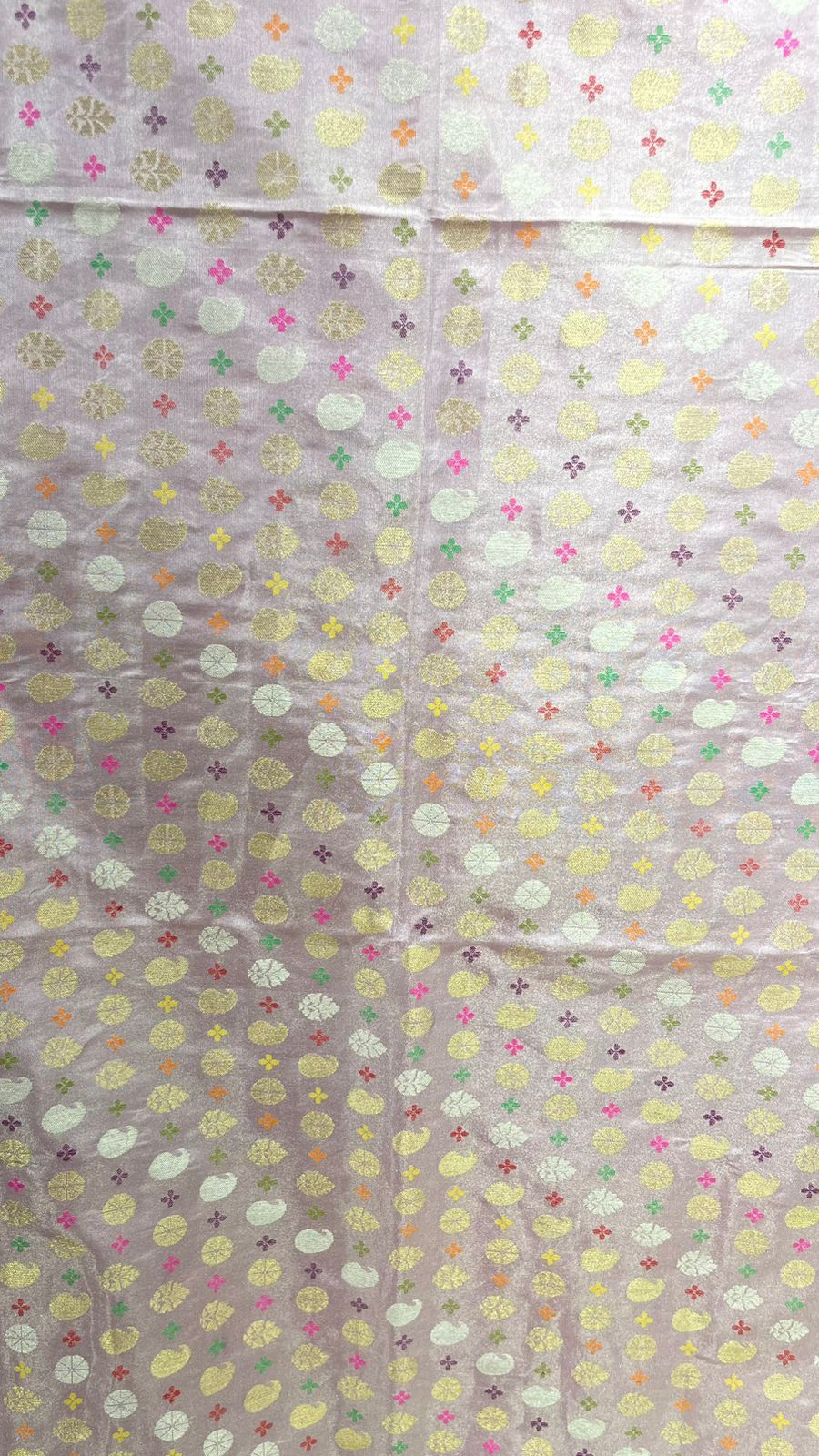
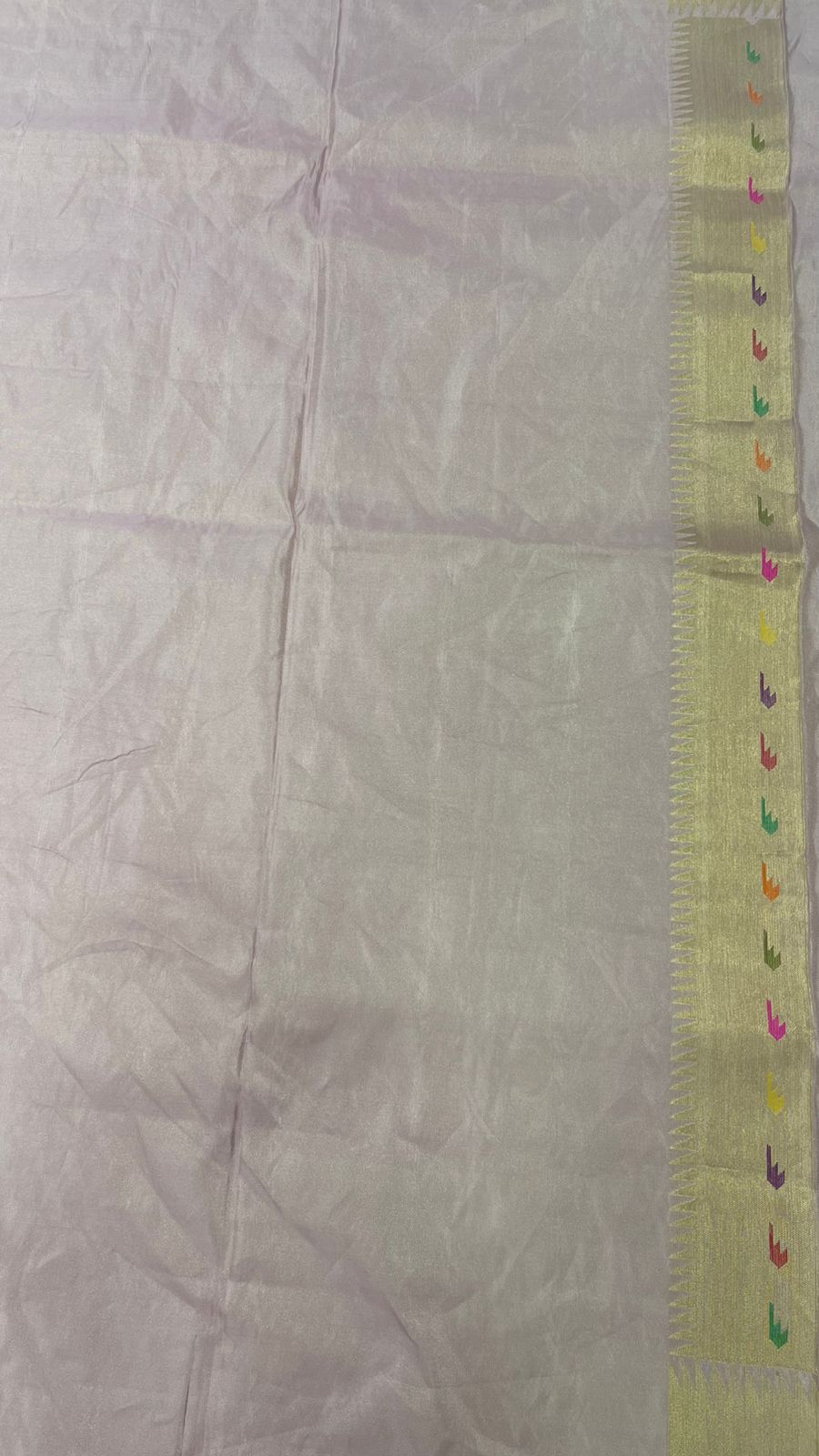

100% Authentic Products | 100% Secure Payments
Elevate your living space with the luxurious touch of our handcrafted artifacts and woven products. Experience the essence of craftsmanship.














